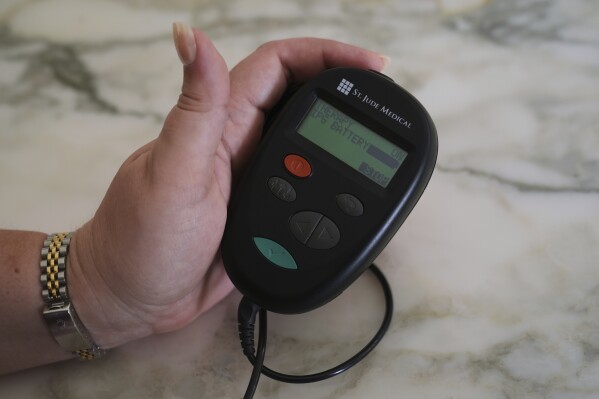NIH Cuts Brain Implants Funding, Threatening Patient Care

NIH Cuts Brain Implants Funding: A Life-Saving Treatment Now at Risk
Patients relying on experimental brain implants now face a hidden crisis. NIH cuts brain implants funding, threatening their access to the devices that keep them alive.
Experts say NIH cuts brain implants research just when long-term care plans were being developed. Without funding, patients are left vulnerable.
The consequences of NIH cuts brain implants initiatives go beyond research: they directly affect patient survival.
A Life-Saving Treatment Suddenly at Risk
Carol Seeger was finally free from the grips of treatment-resistant depression thanks to deep brain stimulation (DBS). Electrodes implanted in her brain, powered by a chest device, gave her relief. But when the batteries died, her insurance wouldn’t cover the replacement surgery. Her depression returned, and her life was again at risk.
Seeger isn’t alone. Hundreds of patients like her—many with depression, paralysis, or other conditions—depend on experimental implants. These devices require maintenance and surgeries, but once clinical trials end, there’s no legal obligation for insurers or companies to provide support.
No Mandate for Maintenance
Replacing a battery in one of these devices can cost over $15,000. Yet most insurance plans refuse to cover these costs once the trial ends. Device manufacturers aren’t legally required to provide replacement parts or maintenance either.
Even when companies continue to produce the components, accessibility remains a barrier. As patient advocate Brandy Ellis puts it: “Availability and accessibility are two very different things.”
Ethical Gray Areas in Clinical Trials
The FDA mandates that clinical trial consent forms explain foreseeable risks. However, they don’t require plans for long-term maintenance. Some forms even state the device will be removed post-trial—an ethically complex issue if the device is still helping the patient.
Ellis, another DBS trial participant, described the experience as “consent at the barrel of a gun.” She was desperate for relief and willing to sign anything. The device worked—but she lives in fear of losing access to the only treatment that ever helped.
Real People, Real Consequences
Both Seeger and Ellis found hope through DBS after other treatments failed. Ellis, implanted in 2011, is on her third battery. She’s been lucky—insurance has covered her procedures so far. But there are no guarantees that will continue.
Seeger went months without a working device after insurance refused to pay for battery replacement. She eventually received help from a hospital assistance program and paid thousands out of pocket. Today, her device works again—but she knows that could change at any moment.
NIH Cuts Halt Promising Solutions
Harvard researcher Gabriel Lázaro-Muñoz had a plan: build partnerships across the neurotechnology field to ensure patients wouldn’t be abandoned after trials. But in May 2025, his NIH grant—totaling nearly $1 million—was canceled under new Trump administration budget cuts.
Now, patients like Seeger and Ellis are left in limbo.
“If This Turns Off, I Get Sick Again”
Ellis knows that her implant doesn’t offer a cure—only continuous treatment. “This is a treatment that absolutely works, but only as long as I’ve got a working device.”
The lack of clear policy and long-term care plans leaves vulnerable patients dependent on the kindness of researchers or hospital charity programs. As NIH grants disappear, so too does hope for lasting solutions.
: 135







